30 Powerful Multiplication Tricks to Tackle Complex Math Problems Efficiently
30 Powerful Multiplication Tricks to Tackle Complex Math Problems Efficiently
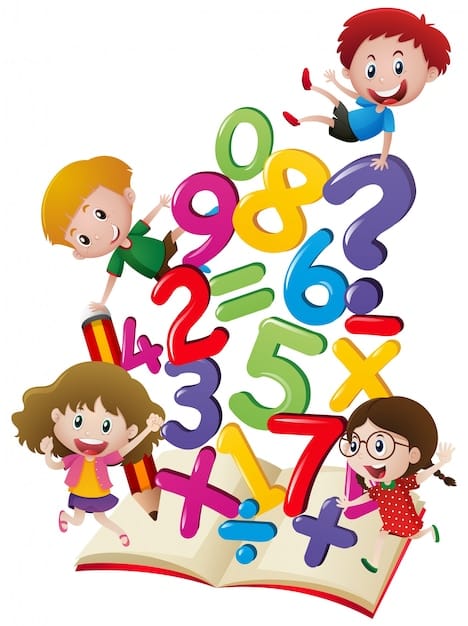
Multiplication is everywhere—considering multiple factors from grocery bills to cracking competitive exams. But for many, it’s also where math gets tricky, especially with larger numbers or time pressure. The good news? You don’t need to memorize hundreds of formulas or punch numbers into a calculator every time.
What you need are smart techniques—like mental multiplication tricks that turn complex problems into quick calculations, including those that rely on double the value . Whether you're a student brushing up for school tests, a parent teaching your child, or a grown-up looking to sharpen mental math, these 30 powerful multiplication hacks will transform your math game.
Let’s dive into the magic of multiplying—fast, easy, and fun!
Cool Multiplication Tricks for Single-Digit Numbers
Let’s start at the foundation. Single-digit tricks aren’t just for kids—they build confidence, fluency, and mental speed, and make larger calculations easier later. Starting with single-digit multiplication tricks can also help you learn how to double larger numbers, which is the smartest way to get the hang of powerful tricks.
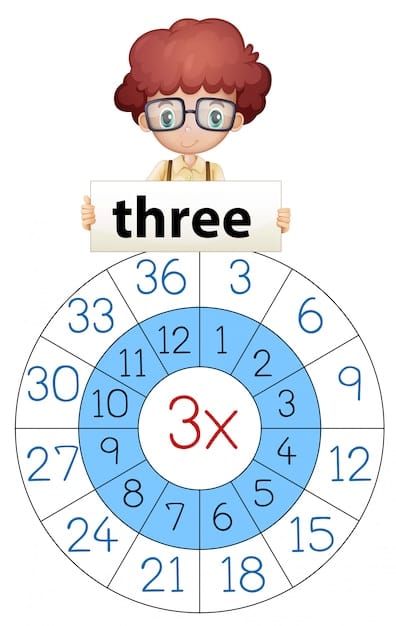
They’re quick, fun, and build a solid math foundation. For kids and students learning their multiplication tables, this is where it gets exciting. These tricks help students develop a sense of pattern, mental math agility, and the ability to count quickly. From tricks that use just one digit to smart hacks for the tens digit or even the last digit, we cover it all. They’re also excellent for teaching multiplication facts that kids won’t forget. Whether it's learning how to multiply by 10 or how to subtract the smaller number strategically, these are the kinds of tricks that make students love math.
Multiply by 10, Then Subtract Once to Multiply by 9
The 9 times table seems tricky? Not anymore.
Trick: Multiply the number by 10, then subtract the original number.
Example:
9 × 7 = (10 × 7) - 7 = 70 - 7 = 63
Great for quick recall and visual learners! Here’s a classic multiplication trick that simplifies multiplying two numbers when one is 9. Instead of calculating directly, simply multiply the number by 10 and subtract it once. This mental multiplication technique is both clever and quick. Example: 9 × 7 becomes (10 × 7) - 7 = 70 - 7 = 63.
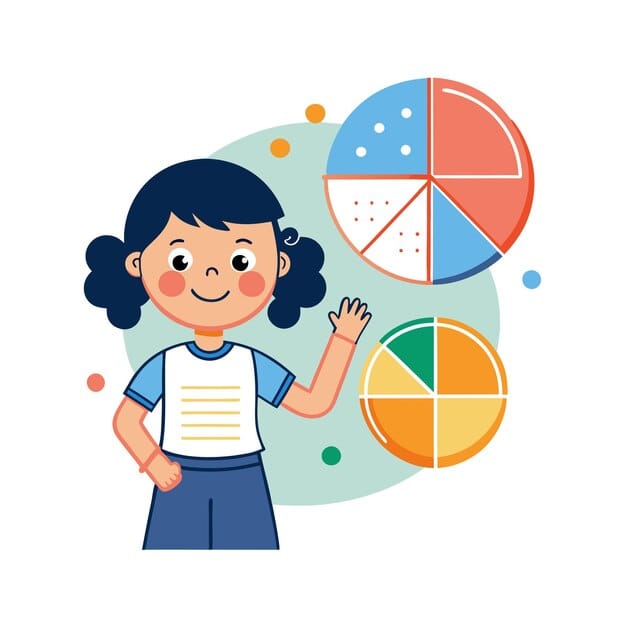
You get the final answer faster and with less effort. This is a great way to teach kids how to break complex multiplication into steps. The trick improves memory and develops multiplication sense. You’ll find yourself using this for larger digit numbers too, especially when dealing with mental math or cross multiplication. It’s a powerful trick that helps students understand the relationship between the numbers and the operation in mental multiplication .
Use the Double-Double Method to Multiply by 4 and 8
This one is intuitive and perfect for mental math.
×2 → double the number once
×4 → double it twice
×8 → double it three times
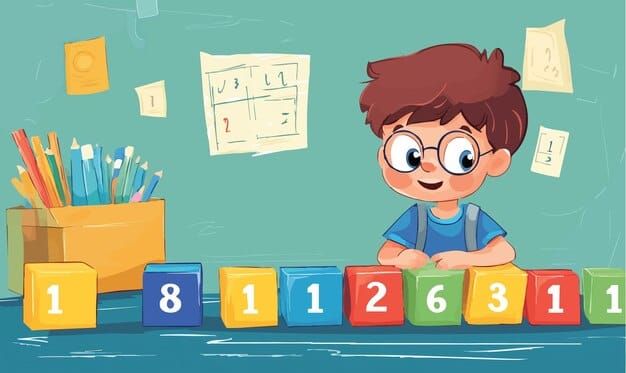
Example:
6 × 4 = double 6 → 12 → double again = 24
When multiplying two numbers and one of them is 4 or 8, double the first number once, then double again for 4, and a third time for 8. Example: 6 × 4 becomes double 6 = 12, then double again = 24. This technique builds multiplication memory and reinforces the logic of factors. For students just starting with multiplication facts, this trick simplifies the process and reduces the mental load. It’s especially effective for even number calculations and helps with understanding two double digit numbers multiplication too. Whether it’s the first digit or second digit you’re working with, doubling helps speed up the answer. This method also works great when the tens digit and units digit need handling separately.
Add a Zero, Halve the Number, Multiply by 5
To multiply by 5:
Step 1: Halve the number
Step 2: Add a zero
Example:
36 × 5 → 36 ÷ 2 = 18 → add 0 → 180
It works beautifully for even numbers! Another mental math gem: when multiplying by 5, take half the number and simply add a zero at the end. Example: 36 × 5 = (36 ÷ 2 = 18) then add a zero → 180.
This trick is perfect for even number calculations and works especially well for students learning their multiplication tables. It reinforces how math operations can be broken down into smaller chunks. The trick helps with learning multiplication by connecting it to real-world applications, such as calculating money or time. Students often find this method faster than traditional multiplying, and it works wonderfully for two-digit numbers. With practice, this becomes one of the most powerful multiplication tricks that helps reinforce multiplication facts and speeds up final answer calculation.
Multiply by 5 and Add One More Set for Multiplying by 6
Multiply by x 6?
→ Do ×5 first, then add the original number once more.
Example:
6 × 6 = (6 × 5 = 30) + 6 = 36
You just turned multiplication into a two-step cakewalk.
Multiplication on Your Fingertips with Speed Hacks
Fingers aren't just for counting—they’re powerful visual tools for pattern-based multiplication. It engages visual memory and tactile learning, which is why it’s excellent for students and especially effective when you teach kids early math. Using fingers makes single digit multiplication simpler and helps with memorizing multiplication facts.
These tricks make the process feel like a game, improving sense, memory, and speed. Whether you're using mental multiplication or helping kids calculate the last digit with ease, these methods deliver quick and multiple solutions . They also support building strong multiplication tables skills, especially when dealing with two digit numbers or combining tens digit with the second digit. Use fingers as a playful way to multiply the number quickly while reinforcing key times tables.
Use Fingertips to Memorize the 9 Times Table
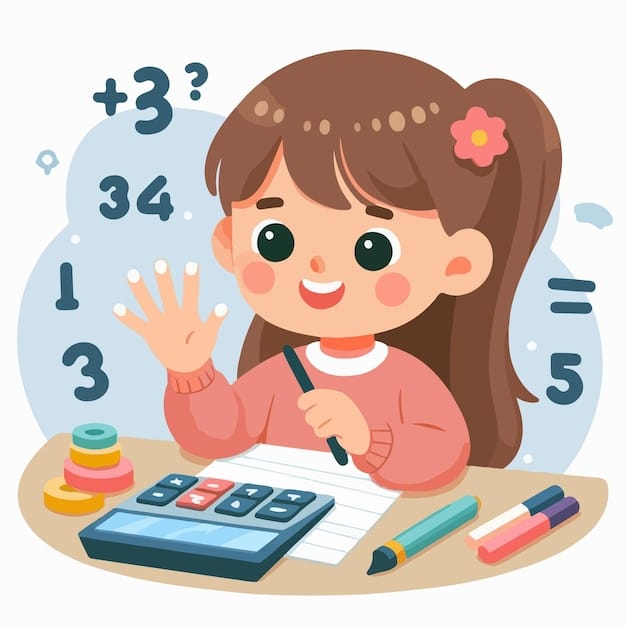
This famous trick never gets old:
Hold up 10 fingers.
To multiply 9 × n, fold the nth finger.
Count the fingers before (tens) and after (ones) the fold.
Example:
9 × 4 → fold 4th finger → 3 before, 6 after → 36
You’ll see 3 fingers to the left (tens digit) and 6 to the right (last digit), making 36. This technique strengthens multiplication memory and is one of the best multiplication tricks to teach kids who are just starting to multiply the number mentally. It works by connecting digits to visuals—an excellent method to support understanding of single digit multiplication and recognizing number patterns. It improves final answer accuracy, reinforces the times tables, and encourages students to use sense and pattern recognition in multiplication.
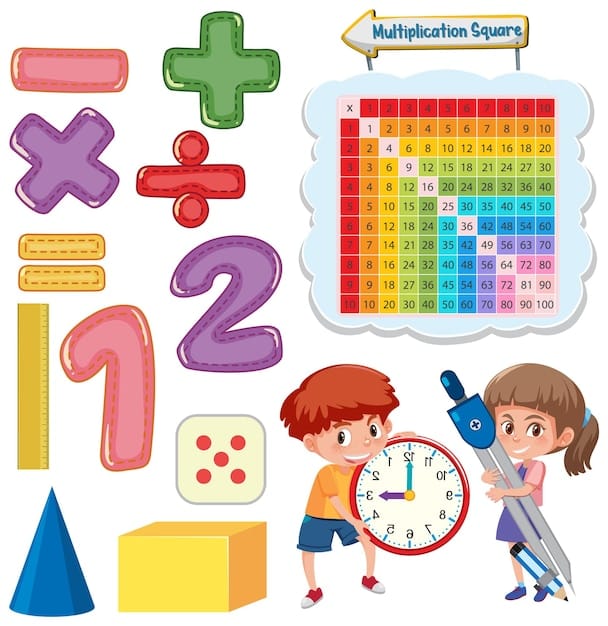
Tricks for Numbers Between 6 and 10 Using Fingers
This one’s quirky but super visual:
Assign values 6 to 10 on your fingers (thumb = 6).
Touch fingers of each hand for the two numbers.
Add all fingers touching or below (×10).
Multiply remaining fingers above and add the total.
Works best through visual or YouTube explanation! This trick is clever—assign each finger a value starting from 6 to 10, then touch two fingers (one from each hand) to multiply the numbers. Count the touching and lower fingers as tens place values, and multiply the rest for units.
This method helps students visualize digit numbers and multiply two digits in a tactile way. It builds memory for multiplication facts, enhances understanding of patterns in math, and simplifies multiplication tables for those who struggle. This method supports mental multiplication, connects both the first digit and second digit logic, and makes even large numbers feel manageable. Plus, it’s just fun—perfect to teach kids who enjoy hands-on learning.
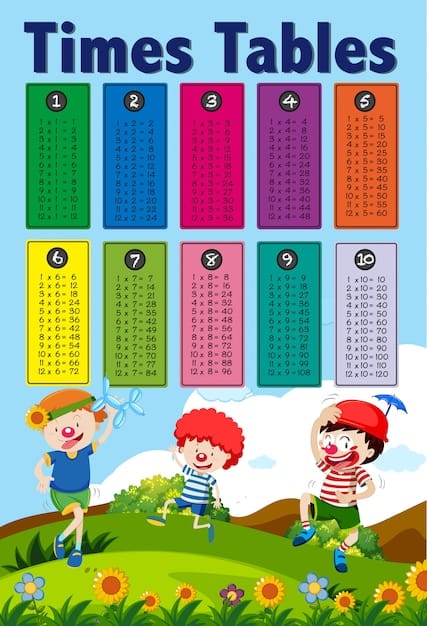
Learn the Table of 7 Using Finger Calculations
Associate finger positions with sequences:
Use left hand for 1–5, right for 6–10.
Pair and calculate based on position + base 7.
It’s pattern-based and ideal for tactile learners.
Multiply Two-Digit Numbers with These Clever Techniques
Two-digit numbers can slow down your brain—but not with these strategies. Multiplying two digit numbers can seem like a huge leap from single digit multiplication, but the right multiplication tricks make it manageable. When you break down the process into smaller parts, the entire method becomes more intuitive. Start by identifying the first digit and second digit in each number, and then use strategies like cross multiplication or mental multiplication.
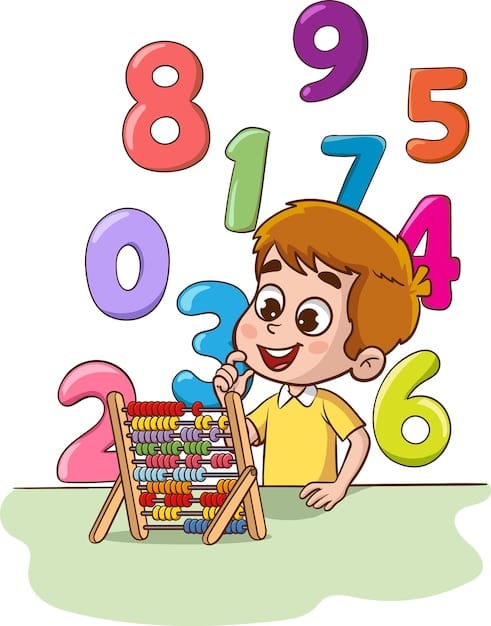
For example, students can multiply the number by splitting it into tens digit and units digit. This trick helps reinforce understanding of place value and makes calculations faster. Whether you’re multiplying two small numbers or large numbers, these techniques build number sense, speed, and confidence. It’s also a fantastic way to teach kids the structure behind every final answer in mathematics.
Multiply by 11 Using a Mental Splitting Method
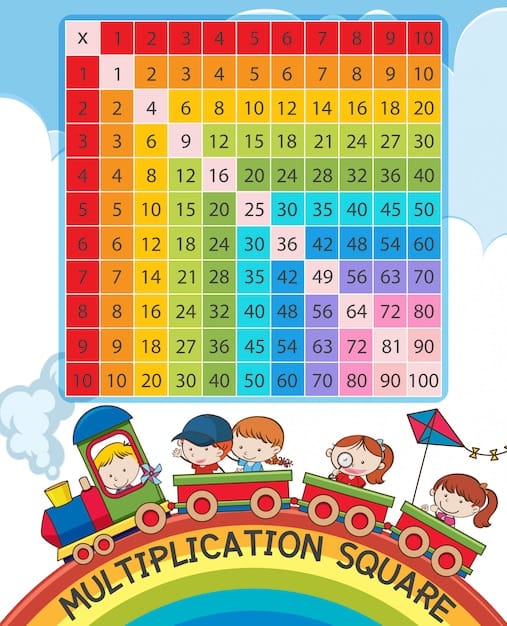
This trick uses both mental math and number sense to simplify the multiplication process. It’s especially useful when working with repeating digits or understanding digit placement. Multiply the number mentally, then write the final answer instantly. This method is a great fit for teaching multiplication tables creatively. Students love this trick because it turns what looks like a complex multiplication into a simple puzzle. You can practice it repeatedly to help with memory and calculation speed.This is a classic shortcut for 2-digit × 11:
Split the digits
Add them
Place the sum in between
Example:
23 × 11 → 2_(2+3)_3 = 253
If the sum is 10 or more, carry over!
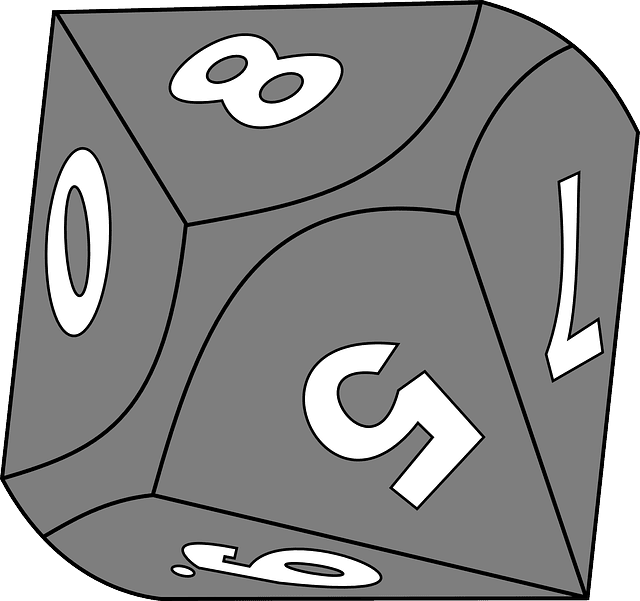
Apply Distributive Property for Large Number Calculations
Break numbers into easy parts. When faced with large numbers, break them down using the distributive property—a key tool in multiplication tips. Say you want to multiply 14 × 13. Break each into a sum: (10 + 4) × (10 + 3). Then multiply each pair of numbers: 10×10, 10×3, 4×10, and 4×3, and add them all up to get your final answer. This method reveals how multiplying two digit numbers can be split into smaller, easier calculations. It also helps students understand why cross multiplication works and builds a deeper sense of how numbers interact.
Example:
14 × 13 = (10 + 4) × (10 + 3)
→ 100 + 30 + 40 + 12 = 182
Visualize it like a multiplication grid or box.
Use Cross-Multiplication for Three-Digit Numbers
Cross multiplication is often introduced in algebra, but it works wonders for digit numbers and mental math too. When multiplying two numbers with three digits each, line them up and multiply each pair of digits according to place value. Then simply add the results. This is a powerful multiplication trick because it mirrors the FOIL method used in algebra (First, Outer, Inner, Last). For example, multiplying 123 × 456 involves multiplying the first digits, middle digits, and last digits in a structured way. It’s helpful to write the steps down first, then shift to mental multiplication as confidence growsCross-multiplying is a powerful trick when done right:
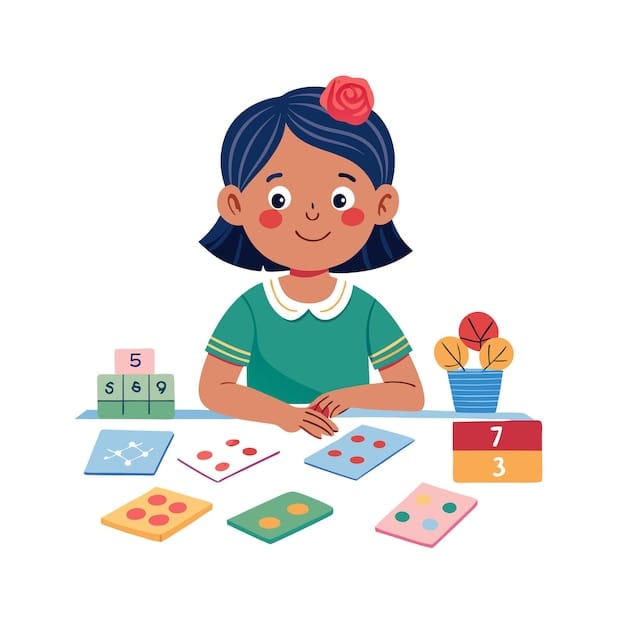
Example:
123 × 102
Break it into:
(100 × 123) + (2 × 123) = 12,300 + 246 = 12,546
Round Off to 1000 and Adjust for Accuracy
If a number is close to 1000 or 100, round it and subtract the difference. These types of powerful multiplication tricks reduce mental load and boost calculation speed. This technique also builds number flexibility, helping students break down two digit or three-digit numbers into simpler parts. You can multiply the number more quickly when the method becomes familiar. It’s a great example of how even tricky problems can be solved with simple adjustments. Don’t forget to teach kids this one early—it works wonders!
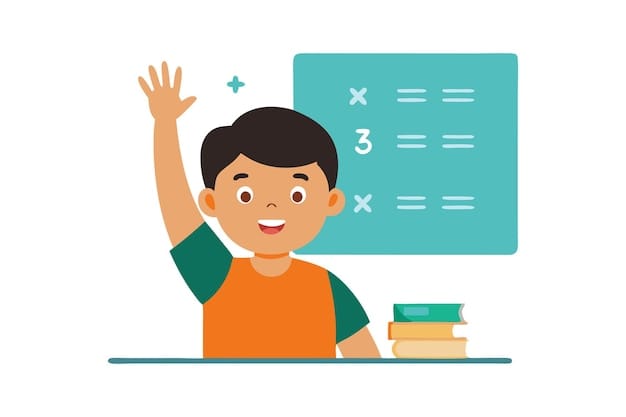
Example:
997 × 4 = (1000 × 4) - (3 × 4) = 4000 - 12 = 3988
Efficient and exam-friendly!
Multiply by 101 by Doubling and Shifting
Perfect for 2-digit × 101
Example:
52 × 101 = (52 × 100) + 52 = 5200 + 52 = 5252
Now that’s fast math!
Simplify Large-Number Calculations with Speed Multiplication Techniques
Big numbers? Usually scares a lot, but no worries. These strategies are designed to shave minutes off your math time.
Measure Distance from a Round Base for Quicker Results
One of the most powerful multiplication tricks for large numbers is measuring how far they are from a round base like 100 or 1000. This method allows students to simplify tough problems using subtraction and cross multiplication to calculate faster . For example, to multiply 98 × 97, think of 98 as 100 - 2 and 97 as 100 - 3. Multiply the differences (2 × 3 = 6), subtract one number minus the other’s difference from 100 (98 - 3 = 95), then write the result as 9506. This trick helps visualize patterns between the digits and highlights the value of the tens digit and second digit in calculationsLet’s say:
Example: 96 × 98
→ 100 - 4 and 100 - 2
→ 100 × 100 - (4×100 + 2×100) + (4×2) = 10,000 - 600 + 8 = 9408
Multiply by 25 Using Halving and Scaling Tricks
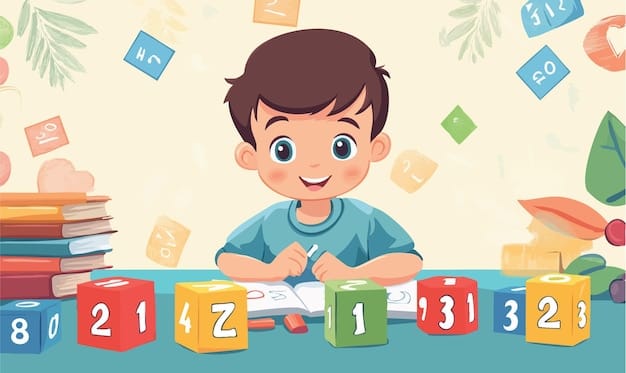
Remember: 25 = 100 ÷ 4
Example:
48 × 25 = (48 ÷ 4 = 12) × 100 = 1200
Smart Trick for Multiplying Large Numbers by 9
A clever trick for multiplying large factors by 9 is to multiply the number by 10 and then subtract the original number. This rule works for any size number and reduces the need to manually calculate each digit. For example, 89 × 9 = (89 × 10 = 890) – 89 = 801. This is a classic mental multiplication technique and one of the most powerful multiplication tricks you can use.
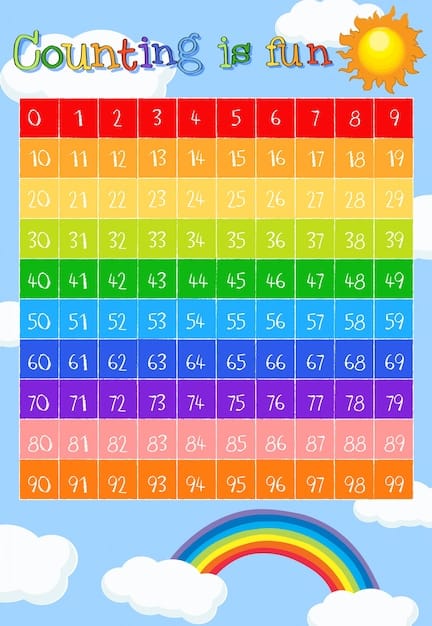
It leans heavily on understanding the position of the tens digit and the importance of subtraction in simplifying big calculations. It also helps kids practice the concept of number minus another number for quick computation. You can also apply this when working with digit numbers in the hundreds or thousands. It’s all about building patterns and using multiplication tips to reduce the steps. Once students learn this method, they’ll be flying through times tables and complex problems without hesitation.
Next up: Same trick as single-digit:
Multiply by 10, subtract the number.
Example:
89 × 9 = (89 × 10) - 89 = 890 - 89 = 801
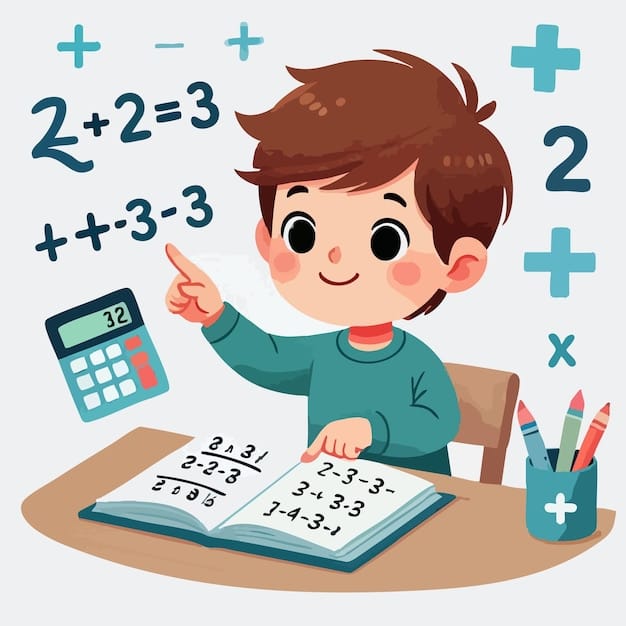
Break it down:
Example:
15 × 28 = (10 × 28) + (5 × 28) = 280 + 140 = 420
Help Your Kids Master Times Tables with These Fun Strategies
Multiplication tables are essential—but they don’t have to be dull! Make it interactive, playful, and engaging.ne of the most powerful multiplication tricks for young learners is turning multiplication tables into catchy chants or songs. Rhythmic repetition helps with memory retention and pattern recognition. For example, using claps or beats to emphasize every second digit helps students remember both the first digit and last digit of each multiplication fact.
Another great method is incorporating story-based problems using real-life contexts, so kids can apply math in meaningful ways. You can even create puzzles using repeating digits or ask students to simply add the numbers as part of a creative game.
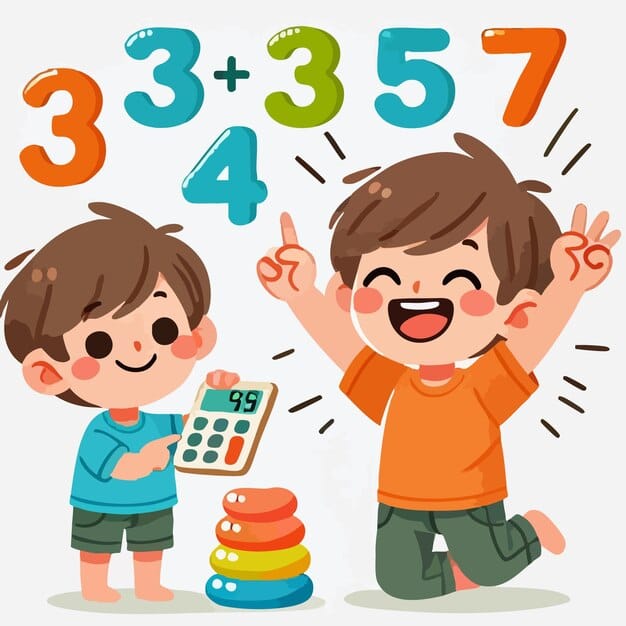
Conclusion
Multiplication doesn’t have to be scary or slow. With these 30 powerful, easy-to-follow tricks, students of all ages can boost their calculation speed, confidence, and love for math.
From finger tricks to visual hacks, mental math to storytelling, there’s something for everyone. Encourage daily practice, add play to your study time, and watch how quickly numbers start working for you—not against you.
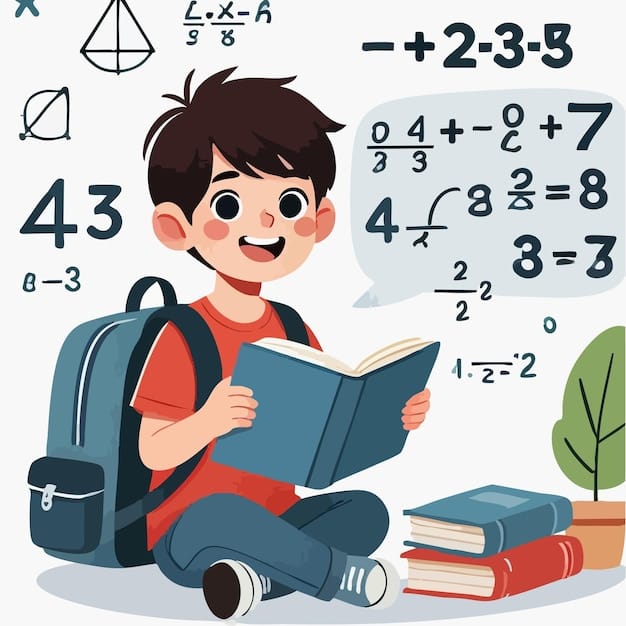
Remember, multiplication is not just math—it’s a mindset. Multiply your efforts, and you’ll multiply your results.
FAQs: Powerful Multiplication Tricks
How to learn multiplication table easily?
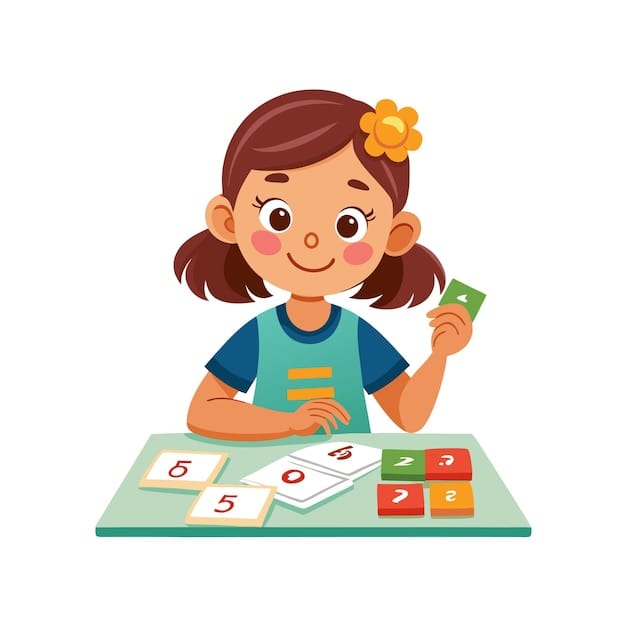
Learning multiplication tables becomes easy when you use memory-enhancing tools like songs, number patterns, and color-coded flashcards. You can also practice using games that help visualize how digit numbers interact. Repeating digits, clapping rhythms, and writing the final answer repeatedly can reinforce each multiplication fact. The best part? These powerful multiplication tricks make it all fun!
How do I start implementing multiplication strategies?
Start simple. Begin with multiplication tips that involve multiplying by 5, 9, and 11. For example, use the “multiply by 10 and subtract” method to tackle ×9 problems. Slowly build up to tricks that deal with two digit numbers and cross multiplication. These techniques not only enhance sense-making but help students develop the ability to multiply the number quickly and efficiently.
Can you memorize tables without calculating the numbers?
Yes! You can memorize multiplication tables by identifying patterns in digit placement. For example, look at the pattern in the ×9 table: the tens digit goes up by 1, while the last digit goes down. When you teach kids to look at patterns rather than memorize blindly, they forget fewer steps and retain facts longer. Learning becomes a mix of logic, music, and motion.
How do I improve my child’s math scores using calculation tricks?
Introduce fun multiplication tricks early and let your child practice regularly. Use multiplication tables flashcards, puzzles, and games to reinforce learning. Help them notice the role of the first digit and second digit in problems. Practice problems that involve both small and large numbers, and celebrate small wins. Over time, math confidence grows naturally!
What are some fun ways to teach multiplication to kids?
Try storytelling using number characters, play board games with math cards, or even draw the multiplication table using shapes and patterns. You can also use a method called “add half then double” for easier calculations. Kids love variety and repetition, and these powerful multiplication tricks fit perfectly into that equation.
How early should kids start learning multiplication tricks?
Around Grade 2 (ages 7–8) is ideal, once children have mastered addition and subtraction. At this stage, their brains are ready to absorb structured multiplication tips. Teaching kids methods like finger counting, single digit multiplication patterns, and how to subtract for ×9 problems can build a strong foundation for mental math and more advanced skills.
Is it okay if my child uses tricks instead of traditional methods?
Absolutely! As long as the trick helps your child understand the “why” behind the result, it’s a great method. Multiplication tricks support math fluency, number sense, and calculation confidence. Tricks like cross multiplication and rounding strategies help kids arrive at the final answer faster. It’s all about understanding, not just memorizing.
Comments
Your comment has been submitted successfully!